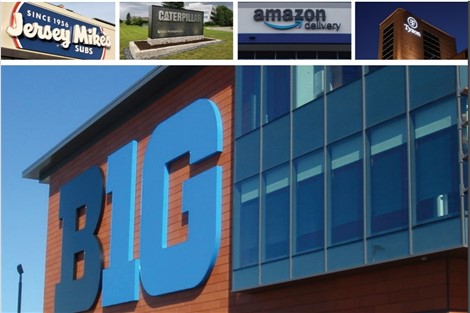From ISA Industry News August 18, 2016
Signs are as important in city centers as they are in suburban and rural areas. But there is a growing realization—and acceptance—of the need for signs to help cities better serve visitors and locals alike.

In the publication “Signs and the Downtown Experience,” Craig Berger found a greater reception for sign size, diversity and messaging in urban areas. Berger’s research found an acceptance of digital signs that conveyed clear, legible information, important content and were architecturally integrated. Digital signs also brought high expectations and a desire for innovative approaches. Wayfinding signs were highly regarded for improving urban and community brands.
Berger’s research, released by the Signage Foundation, explores the growing acceptance and use of various types of signs. It can serve as a guide for communities considering ways that sign programs might enhance the downtown experience for visitors and citizens alike.
Communities considering enhancing their downtown signage often turn to wayfinding. But with so many parties having a vested interest, creating the plan can be a challenge. The Signage Foundation’s “Urban Wayfinding Planning and Implementation Manual” offers a roadmap from start to finish.
It includes case studies that show how wayfinding can enhance a sense of place. Then it provides a step-by-step detail of the process, from working with stakeholder groups through financing and design. And once in place, it offers suggestions on how to manage and maintain the system.
Businesses that choose to invest in good sign programs often find a direct link to better branding, identification and improved customer loyalty. That can hold true whether the business is in a downtown, suburban or even a rural location.
Tags
Subscribe to Parvin-Clauss's Blog







Comments